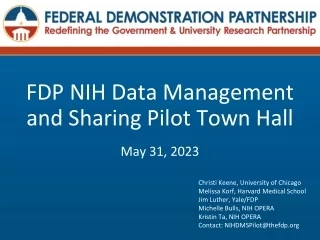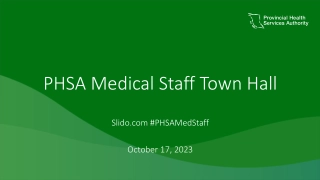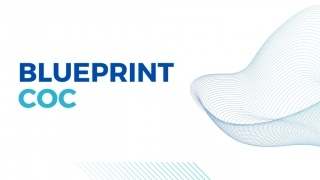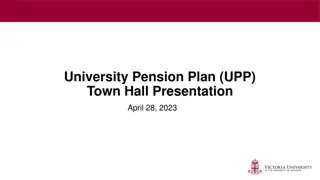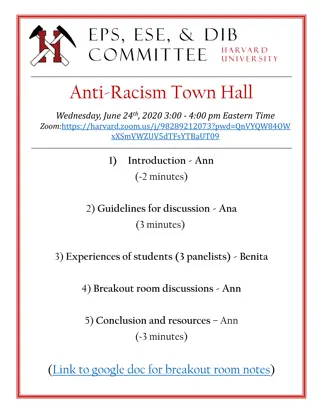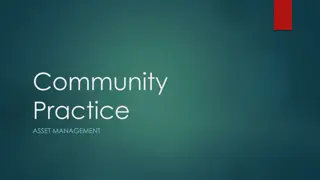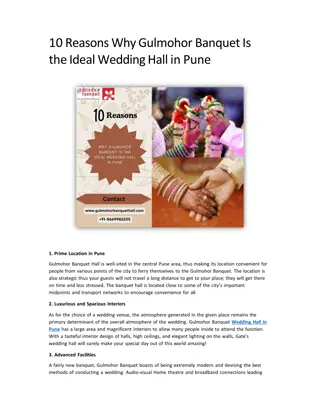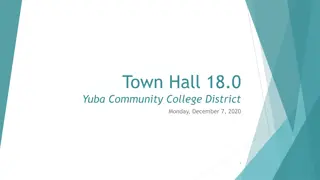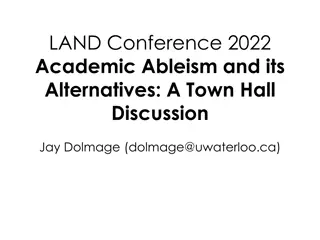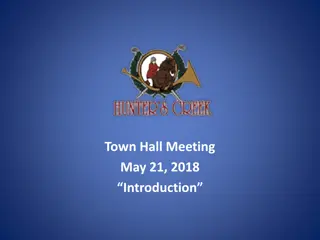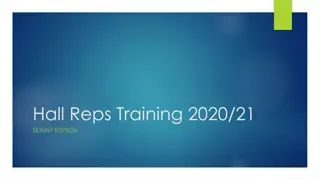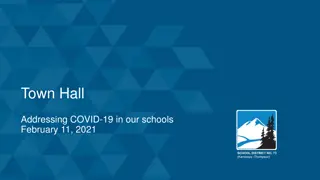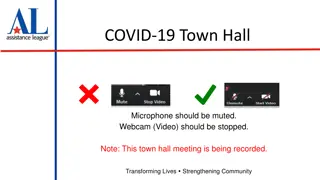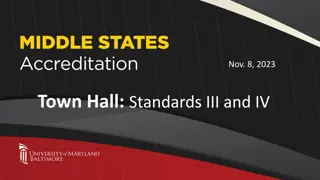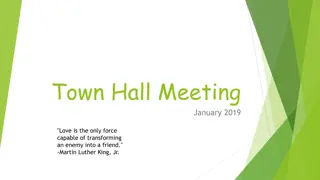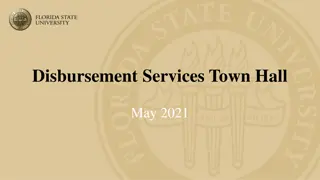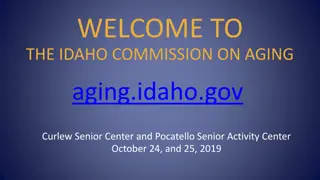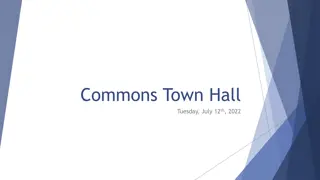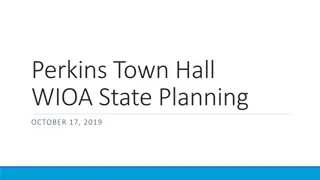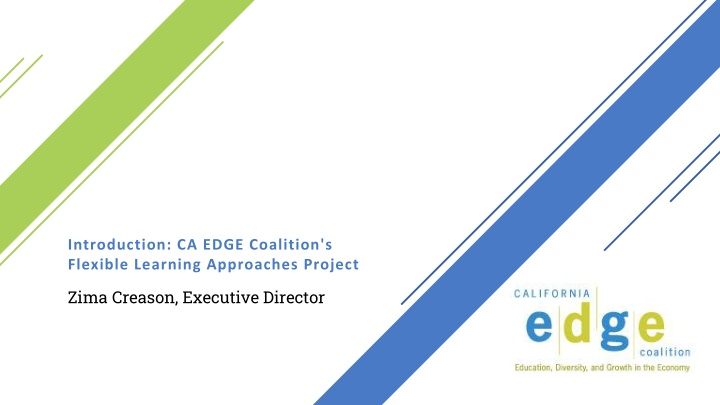
Flexible Learning Approaches Project by CA EDGE Coalition
"Explore the CA EDGE Coalition's project on flexible learning approaches aiming to address educational inequities, barriers to quality education, and opportunities for skill development in California. Discover compelling rationales for implementing more flexible learning options in higher education."
Download Presentation

Please find below an Image/Link to download the presentation.
The content on the website is provided AS IS for your information and personal use only. It may not be sold, licensed, or shared on other websites without obtaining consent from the author. If you encounter any issues during the download, it is possible that the publisher has removed the file from their server.
You are allowed to download the files provided on this website for personal or commercial use, subject to the condition that they are used lawfully. All files are the property of their respective owners.
The content on the website is provided AS IS for your information and personal use only. It may not be sold, licensed, or shared on other websites without obtaining consent from the author.
E N D
Presentation Transcript
Introduction: CA EDGE Coalition's Flexible Learning Approaches Project Zima Creason, Executive Director
CA EDGE Coalition Statewide policy and advocacy organization Focused on addressing the skilled workforce shortage, creating pathways to the middle class, and advancing economic mobility for all Californians. Our Coalition: California Hospital Association California Labor Federation, AFL-CIO California Manufacturers and Technology Association California Workforce Association Career Ladders Project for the CA Community Colleges Center for Employment Opportunities UNITE-LA PolicyLink State Building and Construction Trades Council of California 2
Field Research Project Project Goals Investigate opportunities flexible approaches offer such as CPL and CBE--including strategies for eliminating educational inequities for communities of color and other low-income communities Detail barriers and challenges to offering flexible approaches, ensuring their quality, and tracking outcomes for students and identify strategies to begin addressing them Identify education/training institutions and organizations interested and potentially well-equipped to provide CBE Identify business, labor, and community leaders and organizations that are eager to partner Create and implement an outreach and educational strategy for key constituent groups throughout the state to develop greater understanding of, interest in, and support for Develop statewide policy recommendations to expand implementation of flexible learning options 3
Field Research Early Findings
Compelling Rationales for More Flexible Learning Approaches Higher Education should be available to students just-in-time. Students cannot be made to jump through hoops of the college system. Students need to know how soon they will learn skills that they need to do whatever they need to do. CBE can answer that call. "Seat time" as a measure no longer has any value with the amount of information available to all. Learning happens in many ways over a lifetime. Make it more likely adults will have an efficient route to upskilling over a lifetime. The Carnegie Unit was established to calculate teacher pensions. It continues to be misused as an organizational structure for learning and skill attainment. Our ability to honor previous learning outside of the classroom and to utilize flexible assessment approaches is long overdue. Private colleges have been offering CPL for years and it's time that the CA CC, CSU and UCs also offer these opportunities for our students - giving them more choices for their education. As technology continues to impact many and even create new occupations, flexible learning options will allow people to upskill or retrain while remaining employed. Flexible learning options have now become a must given the current COVID-19 pandemic and the need for academia to be nimble and adaptable. Enables industry-valued alignment, currently we are creating programs that may have no/little relationship to labor market.
Potential Risks - Examples Students under-estimate their readiness for college level competence or for the next level There is an unspoken bias about quality Carnegies unit is baked into all our policies at federal, state, and local levels If it is done the wrong way or entirely at a distance it may not have relevance Perceptions about degree mills without stakeholder involvement Without strong structures based on industry standards you can invest a lot and still not have better career outcomes Online learning is a more flexible medium however not everything translates well in remote learning
Top 10 Essential Practices for High-quality Flexible Learning Approaches 1. Portability of credit earned through flexible approaches (transferrable from one institution to another) 2. Program transparency - transparency about curriculum, assessments, learning methods, etc. 3. External employer/business partner involvement (in competency identification, definition, assessment methods, etc.) 4. Rigorous, quality assessments 5. Evaluation - Data (including disaggregated data) is continuously collected, analyzed, and used to improve programs/practices and document what does and does not work 6. Student learning transparency - transparency about progress, proficiency, and pace 7. Responsiveness - meet students where they are, responsive to their goals, then personalize, customize learning 8. Applied Learning and Assessments - students must learn and demonstrate proficiency through applied projects and activities 9. Ample professional development, technical assistance, and other supports for faculty, staff, and administrators 10. Clear understanding, by stakeholders, of flexible approaches being implemented including benefits/challenges, pros/cons, and how
Essential Practices for High-Quality Flexible Approaches Average number of practices respondents indicate are Essential Average number of practices respondents indicate are Absolutely Essential Respondents indicate there are many practices that are either absolutely essential or essential for ensuring high-quality flexible approaches
Top 10 Essential Practices for Ensuring Equitable Flexible Learning Approaches 1. Transparent and clear information is provided to students to make informed choices about participating in CPL, CBE, and other flexible approaches including pros/cons and differences between options 2. Systemic bias and structural inequities are identified and eradicated in the development, implementation, and evaluation of flexible learning approaches and in the administrative processes and support services students encounter 3. Ample supports are provided (readiness, programmatic, financial, etc.) 4. Culturally-responsive and -inclusive instruction, support, process/systems, assessments, etc. 5. Students equipped with all technologies, learning resources, information, and support services necessary for full and timely participation, progress, and goal attainment 6. Consistency of expectations and understanding of proficiency 7. Ensure transferability and acceptance (by other higher education institutions, employers) of credits earned through flexible approaches 8. Multiple assessment methods - there are multiple ways for students to demonstrate proficiency 9. Ample information and support is provided to students to ensure smooth and successful transitions to further education (transfer) and employment 10. Evidence that demonstrates equitable access, participation, progress, and success
Essential Practices for Equitable Flexible Approaches Average number of practices respondents indicate are Essential Average number of practices respondents indicate are Absolutely Essential Respondents indicate there are many practices that are either absolutely essential or essential for ensuring equitable flexible approaches
Top Ten Significant Challenges/Barriers 1. Aligning programs, competencies, curriculum, etc. to meet ever-changing needs of learners and marketplace 2. Lack awareness or understanding of purpose/value of CPL, CBE 3. Myths and misconceptions of CPL, CBE, flexible learning approaches 4. Transferability/acceptance of credits earned through CPL, CBE, other flexible approaches 5. Bureaucratic, rigid student matriculation systems and processes 6. Equity concerns 7. Technical challenges such as SIS systems, transcripts, interoperability of information systems, etc. 8. Rules/standards set by other, external agencies (e.g., accreditors, department of education, NCAA, others) 9. Understanding and capabilities necessary for leading and implementing flexible approaches (administrators, staff, etc.) need development 10. Covering costs for awarding CPL (including financial aid applicable)
Significant Barriers/Challenges Average number of barriers/challenges respondents indicate are Significant
THANK YOU! Zima Creason, Executive Director, CA EDGE Coalition zcreason@caedge.org www.caedge.org

